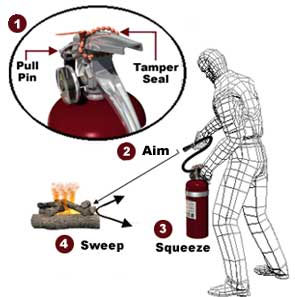Hard hat manufacturers recommend that hard hats be replaced every five years, regardless of appearance, as performance decreases after that period. You should replace the suspension inside the hard hat every year.
ROUTINELY INSPECT THE HARD HAT SHELL FOR:
- Cracks.
- Nicks.
- Dents.
- Gouges.
- Damage caused by impact, penetration or abrasions.
- Stiffness.
- Brittleness.
- Fading or chalky appearance.
REPLACE YOUR HARD HAT MORE FREQUENTLY IF IT’S REGULARLY EXPOSED TO:
- Sunlight.
- Ultraviolet rays (welding).
- Chemicals.
- Temperature extremes.
- Forcible blows.
MODIFICATION DOS & DON’TS
- Limit the use of stickers. They can hide cracks or other damage to the hard hat.
- Don’t modify the shell or suspension.
- Don’t drill ventilation holes in the shell.
- Never use a suspension that’s not intended for use in your hard hat shell.
- Don’t carry or wear anything inside of your hard hat between the suspension and the shell.
- Hard hats must have the reverse orientation (worn backwards) arrow on the inside of the hard hat to be worn backwards. The reverse orientation performance mark specifies the hard hat meets the reverse donning standards stated in ANSIZ89.1 or CSAZ94.1
- If the shell is damaged, replace the hard hat immediately!
The hard hat is one of the oldest, most widely used and most important pieces of personal protective equipment on the job. Take care of it. Don’t misuse it. It may save your life.
Download a printable PDF and recording form here.
Members can download the audio version of this toolbox talk here.

